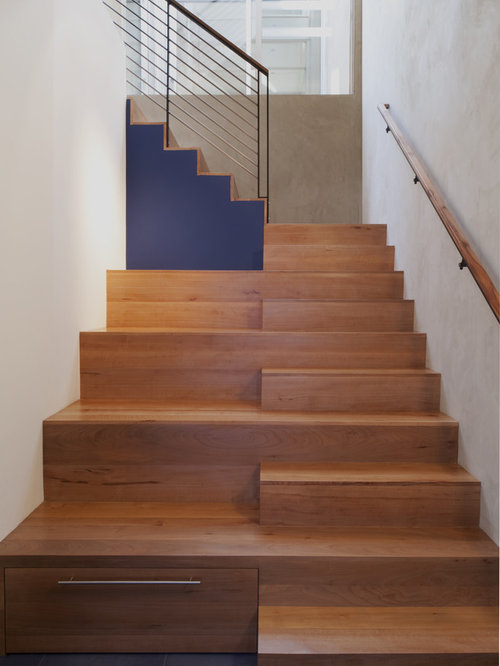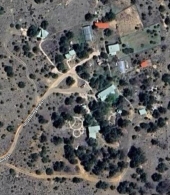
 2
2








 2
2




Invasive plants are Earth's way of insisting we notice her medicines. Stephen Herrod Buhner
Everyone learns what works by learning what doesn't work. Stephen Herrod Buhner
 2
2




 3
3




 2
2




I'm seeing that the construction waste is one of your main concerns.

1800 sq ft is massive. It's good and healthy to live outside as much as possible.
 2
2




 5
5




Iterations are fine, we don't have to be perfect
My 2nd Location:Florida HardinessZone:10 AHS:10 GDD:8500 Rainfall:2in/mth winter, 8in/mth summer, Soil:Sand pH8 Flat
 5
5




Less footage means less materials means less money and labor.


 3
3




Iterations are fine, we don't have to be perfect
My 2nd Location:Florida HardinessZone:10 AHS:10 GDD:8500 Rainfall:2in/mth winter, 8in/mth summer, Soil:Sand pH8 Flat
 4
4




 2
2




S Bengi wrote:Let me know what yoou think of the insulation foam plus concrete thermal mass link that I shared in the pervious post.
Also here is another floorplan that you might like.
https://www.earthbagbuilding.com/plans/modern.htm
yes I would view a garage/outdoor kitchen/porch/atached greenhouse as part of the house and thus a room.
 5
5




 2
2




 3
3




 1
1




Cristobal Cristo wrote:Ned,
I saw only the floor plans, but not the isometric view. I can see it now.
What will happen with water going down to the berm? Gutter, drain? Just curious.
 1
1




John Daley Bendigo, Australia The Enemy of progress is the hope of a perfect plan
Benefits of rainfall collection https://permies.com/t/88043/benefits-rainfall-collection
GOOD DEBT/ BAD DEBT https://permies.com/t/179218/mortgages-good-debt-bad-debt
 2
2




I assume that you don't mind using foam insulation and so to that end. I recommend just having some 1.5inch concrete/stucco/drywall over some solid 10inch foam insulation on the inside of the walls/roof/floor for thermal mass and similarly on the outside. https://www.youtube.com/watch?v=VJekgKmro_Y
I think anybodies dream house should be the one they are living in.
That way you dont get envious.
Underground water cisterns create their own problems.
Above ground poly or metal tanks do you collapse inwards.
Small is beautiful.
I have been building my modest home about 1000 sq. ft for over 40 yeras.
I just add something when I see the need.
My sheds are about 25,000 sq. ft


 3
3




Iterations are fine, we don't have to be perfect
My 2nd Location:Florida HardinessZone:10 AHS:10 GDD:8500 Rainfall:2in/mth winter, 8in/mth summer, Soil:Sand pH8 Flat
 2
2




S Bengi wrote:So the way how I am visualizing your home is one that have:
1) "basement" (man cave - gym, art studio-office, workshop, gameroom, laundry, mechroom, bathroom)
2) regular floor (that's at least earth bermed on 3 sided, with the 4th side being a greenhouse with a glass-window wall)
3) "attic" (no earth sheltering, unless it is a green roof, woman cave/grandkids - her office, grandkids bedroom, bathroom/kitchentte, views to downstairs)
Obviously you are taking the usual basement+regular floor+ attic and bringing it up to the next level, with the attic being a full 7-8ft story, with a flat roof/shed-roof
Each of the 3 floors could be 24ft by 36ft in total (2rooms by 3rooms if you will)
The attic will have 12ft by 36ft open to below in the front and the back 12ft by 36ft will have the 3rooms
The regular floor will have 12ft by 36 ft as a greenhouse (kinda earthship style) and the back 12ft by 36ft will have 3room
The basement will have the entire 24ft by 36ft space as useable, I recommend giving it two exits in case of emergency
Let me know if your were only thinking of 2 floors vs the 3floors that I assumed above.
 3
3




 2
2




All true wealth is biological.
Lois McMaster Bujold





 2
2




John Daley Bendigo, Australia The Enemy of progress is the hope of a perfect plan
Benefits of rainfall collection https://permies.com/t/88043/benefits-rainfall-collection
GOOD DEBT/ BAD DEBT https://permies.com/t/179218/mortgages-good-debt-bad-debt
 1
1




John Daley Bendigo, Australia The Enemy of progress is the hope of a perfect plan
Benefits of rainfall collection https://permies.com/t/88043/benefits-rainfall-collection
GOOD DEBT/ BAD DEBT https://permies.com/t/179218/mortgages-good-debt-bad-debt
 1
1




 2
2




John C Daley wrote:Underground water storage has many issues;
- could be 4-6 x price of above ground tanks.
- Leaks are never observed
- tree roots can find those leaks and get inside the cistern
- cleaning is very difficult




 2
2
















Ned Harr wrote:I wrote a thing, with myself as the primary intended audience, and I thought it'd be a good idea to have other people--especially people with some experience building houses--look at it and see if they might suggest things I should include. (And really this was what drove me to register for the forum a day or two ago.) Hang on, I can explain.
For years I've been dreaming about building my own house. For most of that time, the "itch" has been quite consuming and I found I could satisfy it a bit by drawing pictures. First I filled notebooks with sketches and floor plans and diagrams, then I started messing around in Sketchup and even went so far once as to try to design a house in Sketchup from the framing outward.
But as my knowledge and ideas have evolved I've realized it's kinda pointless to draw up a blueprint for a building when I don't even own the land yet, and the building needs to fit the land.
I'm happy to say that acquisition of land for the purpose of building my own house has gone from "silly daydream" to "15-year plan that my wife and I are both on board with". But the itch remains.
So instead of drawing pictures, which are relatively precise and prescriptive, I recently tried just writing down my ideas, starting from a list of "what do I want in a house" and then using that as an outline that I expanded into a ~2400 word essay. The main purpose is to clarify to myself what I want, but it might be something I share with an architect or a builder, or even just with experienced like-minded people (ahem) who can use it as the basis for providing advice as I get closer to breaking ground on my plan.
My question is, would this be an okay place to post the essay for y'all's feedback? If so I'll edit this post to add it.
As you'll see if you read it, I am somewhat agnostic about building methods--for example I am interested in borrowing some ideas from earthships, but I'm not married to earthships as a concept. As such, I wasn't sure what forum to post this in. I'm not even sure the generic-sounding "natural building" is the best fit because at the end of the day if poured concrete forms or shipping containers give me the best path to what I want then that's what I'd go with. But for now this seems like the least-worst place...
Phillip Martin

|
Because those who mind don't matter and those who matter don't mind - Seuss. Tiny ad:
Rocket Mass Heater Resources Wiki
https://permies.com/w/rmh-resources
|







